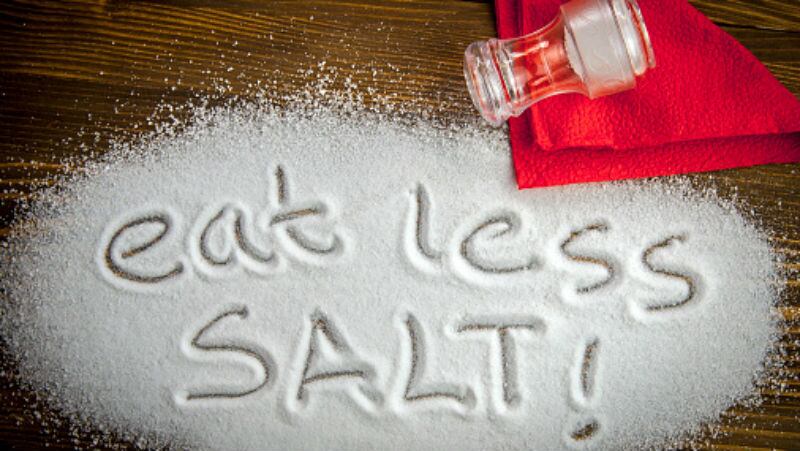The local Commerce Commission carried out a study into the state of competition within the grocery sector, concluding that the competition ‘is not working well for consumers’.
This led the New Zealand Food and Grocery Council (NZFGC) to declare victory in its 12-year battle to both break the local retail duopoly held between Foodstuffs and Countdown/Woolworths, as well as to establish a formal Grocery Code of Conduct.
However, according to NZFGC Chief Executive Katherine Rich, although some important changes are now set in motion such as the Code and a regulatory body to ensure its enforcement - both of which Rich has lauded and expressed 'high praise' for - some changes that would have more direct impact on market competition have not been prioritised.
“For suppliers, the report was a victory and a huge leap forward on the transparency and scrutiny of supermarkets, the likes of which we have never seen [where] changes will affect every part of the network,” she said.
“Individual stores will have to abide by the Code, rather than hiding behind head office rules, meaning greater accountability, particularly on the treatment of merchandisers and salespeople, and on ad hoc financial demands.
“[However], from a consumer angle, the options on market structure [to break the duopoly] such as separation of the wholesale food market and forced sales of sites to encourage a third big player into the market [have not been prioritised], but Commerce Minister David Clark has said that he’s not ruling out other options if [changes to] achieve consumer benefit are not seen by the next review in three years’ time.
“[So] we still have a duopoly, and we need more sizeable retailers to achieve genuine competition. Time will tell whether the other Commission recommendations [such as the Code] and a disclosure regime to require supermarkets to disclose market share, store details, information to inform assessments of profitability, the proportion of private label sales, and details of consumer complaints [will] make a difference to encouraging new entrants.”
Is cutting prices enough?
One big finding of the report that has caused a lot of strife was the discovery that the supermarkets make enormous profits in excess of NZ$1mn (US$645,865) daily, stoking the ire of institutions such as Consumer NZ which recently launched a petition to get Clark to implement more stringent measures on the stores.
“Foodstuffs and Woolworths are making over NZ$1mn of excess profit daily - [At a time when] more and more New Zealanders are struggling with the rising cost of groceries, these major supermarkets' excessive profits are a slap in the face,” said Consumer NZ via its petition.
“[The Commerce Commission] has suggested reviewing the market in three years, [but] New Zealand consumers are facing this problem now and need brave solutions that will increase competition in the short to medium term.”
Although Foodstuffs had previously attempted to refute the existence of any duopoly and also justify its sky-high profits, it appears that the chain is now trying to win back favour by addressing the prices of many staple items – likely also hoping that this will bring down the pressure brought on by the report.
The supermarket has cut prices for 110 most-shopped items across its stores including meat, vegetables, dairy products and more by an average of 10%, which it estimates will save consumers a total of some NZ$500,000 (US$322,787) weekly.
“Consumers buy over 1.3 million of these products each week so we [are dropping] the prices of these back to [2021 levels] from now until 14 August 2022,” Foodstuffs NZ Managing Director Chris Quin said via a formal statement.
"This is not a marketing stunt. It’s a real saving for our customers and a real cost to our business, as a result of this price rollback our stores will be selling some items below cost, [whereas] other promotions will continue over this time.”
Unfortunately, Quin’s emphasis that this move is ‘not a marketing stunt’ does not appear to have appeased the food and grocery industry nor other industry experts – external estimates have put the overall average price reduction for Foodstuffs at just 0.26%, which Stuff has estimated to be just ‘about NZ$0.57 (US$0.32) off the average household’s NZ$226 (US$145.90) weekly grocery bill’.
Rich added that she has suspicions suppliers will be paying for these reductions one way or another and the impact will not be on retailer profits.
“Expecting suppliers to reduce costs further following 20 years of duopolistic pressure is unrealistic and unfair [especially as they] have given and given again, and are [already] facing increases of up to 700% in freight costs and significant hikes in ingredient costs and other factors,” she said.





